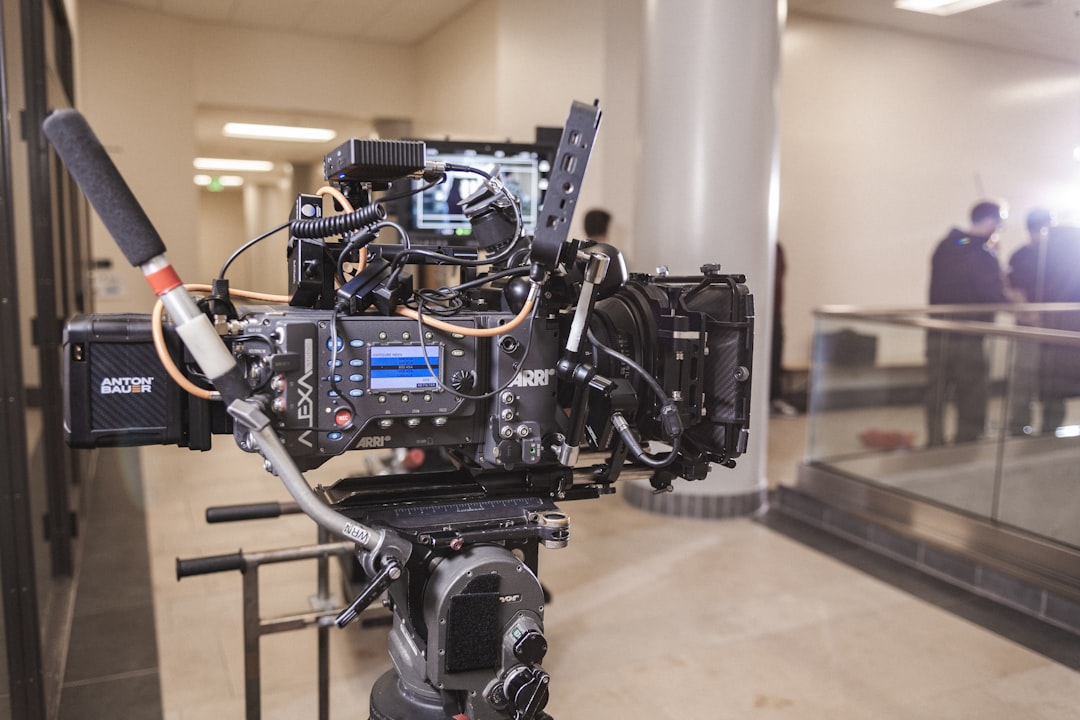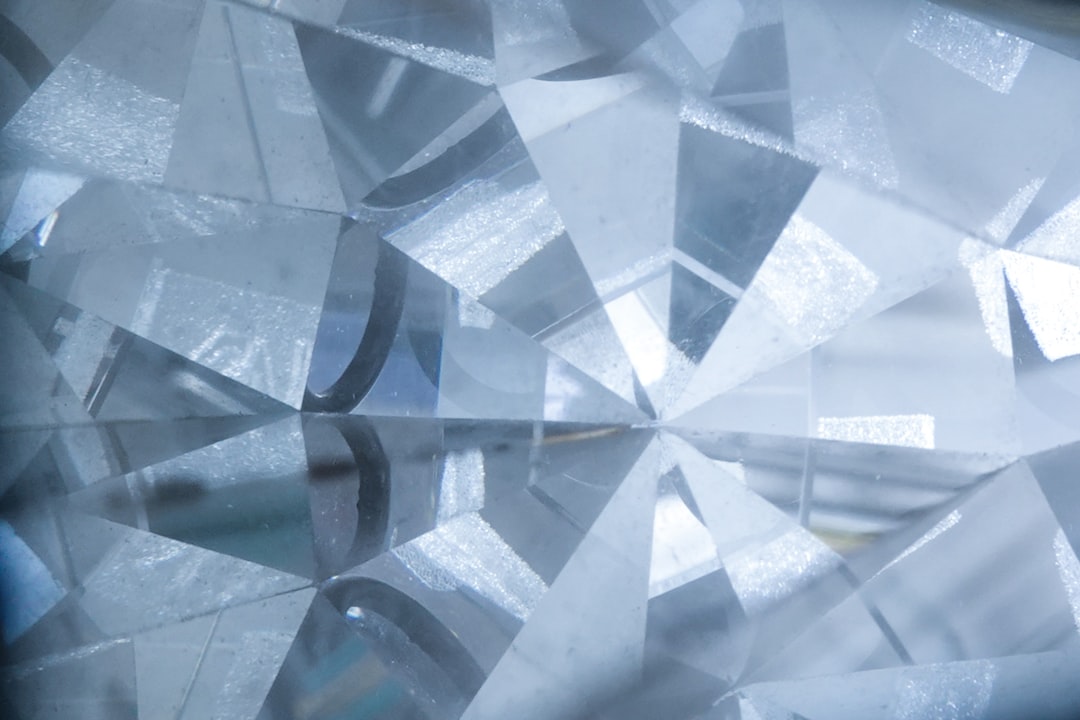What is it about?
High-speed aerodynamics is characterized by specific phenomena among which shock-boundary layer interactions (SBLI) play a dominant role. This kind of interactions frequently occurs in various practical flow configurations such as supersonic air intakes, ejection nozzles of rocket engines or supercritical wings of modern transonic aircraft. Since shock-boundary layer interaction is detrimental to the aerodynamic performance and structural integrity of these systems, it must be mitigated. This study investigates the effect of microramps on SBLI and assesses their potential for reducing the undesirable effects of these interactions.
Featured Image

Photo by Hermeus on Unsplash
Why is it important?
The unsteady mechanisms that characterize SBLI are a limiting factor for the design of supersonic/hypersonic aircraft systems. The study of control devices capable of reducing the negative impact of SBLI is therefore necessary and constitutes an important step in the process of optimizing these systems. From this perspective, microramps are robust and easy-to-implement devices that can noticeably improve the situation. From a research point of view, an in-depth understanding of the physical mechanisms at play when a microamp wake impinges on canonical SBLI is a fundamental milestone in isolating the important parameters that influence the control efficiency of these devices.
Perspectives
Shock-boundary layer interaction has received considerable attention from the scientific community for several decades. The impact of control devices on this type of interaction has also been documented more recently, but not in sufficient detail to allow a complete understanding of the associated physical phenomena. The numerical results obtained in this study are a first step towards this objective and pave the way for future developments in this field.
Stéphane Jamme
ISAE-SUPAERO
Read the Original
This page is a summary of: Microramp wake impinging on canonical shock/boundary-layer interaction, Physics of Fluids, June 2023, American Institute of Physics,
DOI: 10.1063/5.0156580.
You can read the full text:
Contributors
The following have contributed to this page










